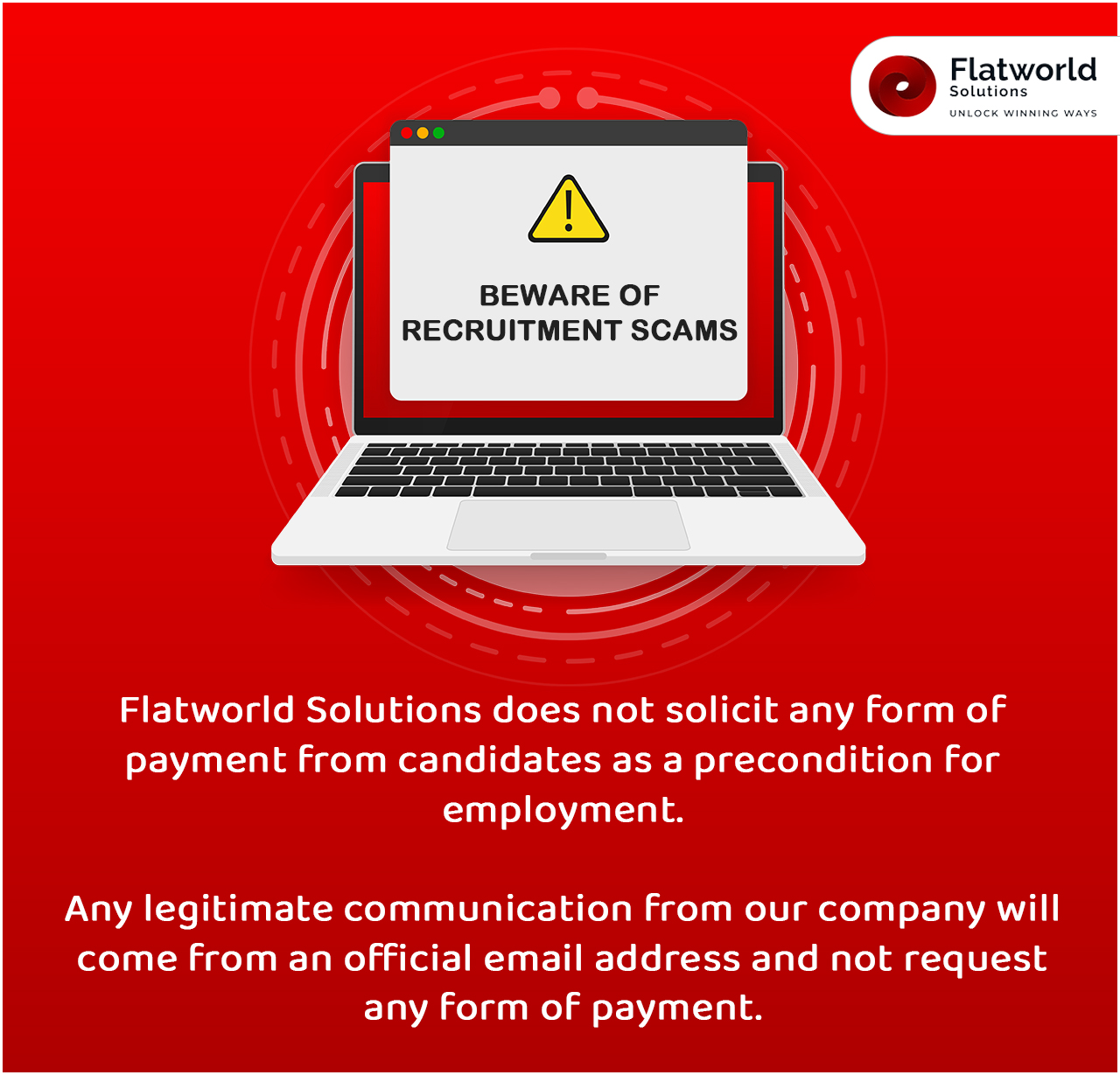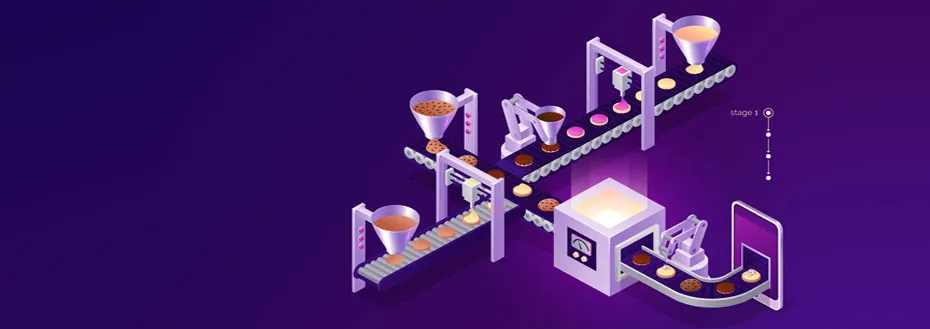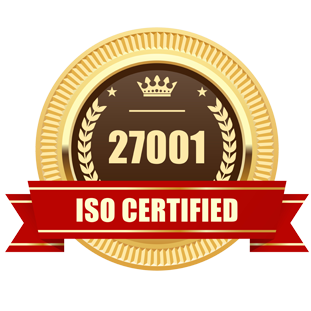3D Modeling services and CAD design manufacturing, originally developed for prototyping, have become transformative forces that are taking traditional restaurant kitchens by storm. The technology involves sequential deposition of materials to produce three-dimensional forms from digital designs.
The food industry is using it to revolutionize the way food is being created and consumed. Food technologists and chefs use edible materials such as powders, purees, and pastes to design structures and designs that were previously not possible, merging nutrition and art.
Ideation and Design of 3D Food Modeling
The conceptualization of 3D-printed food is a dynamic combination of inspiration and ideation, where food scientists collaborate to explore culinary possibilities. This phase includes cross-disciplinary brainstorming to reimage the usual dishes as novel culinary experiences with enhanced nutritional offerings.
A new world of possibilities has opened with the freedom to experiment with flavors, shapes, and textures. For instance, chefs use this technique to create edible sculptures that serve as both a centerpiece and food. In another prominent example, pasta is crafted with unique structural properties designed to increase sauce retention.
Besides, specific dietary requirements can also be met by developing personalized nutrient profiles. These concepts highlight the endless possibilities of this technology in converting food into a combination of art and science.
Exploration and Development of 3D Food Printing Technology
This phase is plagued by challenges that require innovative solutions that ensure material compatibility with the printing processes. Here, proficiency lies in optimizing the consistency and viscosity of edible pastes and purees for precise deposition.
Structural integrity and stability are also crucial as the food undergoes thermal processes. This demands collaboration between culinary experts and technology firms, where technical expertise meets flavor and presentation.
Throughout this process, the taste, texture, and nutritional values are tested to improve the quality of the final product. Flavor profiles are balanced, and textures are adjusted to achieve the desired mouthfeel while tailoring the nutritional content to specific health goals.
Prototyping and iterative testing are used for continuous refinement. This makes the development phase a platform where culinary tradition and technological advancements come together to create groundbreaking experiences.
Fabrication and Assembly
Meticulous CAD design and drafting coupled with 3D designing services are required to fully convert a concept into a printable food product. This begins with the refinement of digital designs and evaluation of factors such as structural integrity and material flow before optimizing them for printing. Edible materials are handpicked and calibrated for consistent extrusion using 3D printers. This step requires control over pressure, timing, and temperature.
From Printer to Plate
The most anticipated step that dishes out products ready for culinary tests is the final stage. This involves the preparation and presentation of 3D-printed food and requires precision CAD design services.
The creations are further enhanced with finishing touches and additional cooking, after printing. Chefs incorporate these edible portions into larger dishes to elevate overall presentation or use them as a focal point. Here, the quality of the 3D modeling services is a major factor known to impact the outcomes.
Concerns and Implications
Despite the exceptional role of 3D printing in the food industry, it faces limitations and invites skepticism. The complexity of replicating authentic cooking flavors or textures and identifying the right printing materials are some of the top challenges.
It is also essential to adhere to health and safety regulations such as sanitation protocols and food-grade material standards. As consumers show resistance to technology-driven food, public perception remains a hurdle with rising concerns around the authenticity and naturalness of these meal components.
Overcoming these setbacks requires consumer education and continuous research to build trust and acceptance.
Conclusion
The innovations in 3D food printing have redefined the boundaries of what is possible in this newly discovered culinary phase of experimentation and exploration. This technology offers unique solutions to optimize resource usage and minimize waste with sustainability at its core. 3D-printed food products support higher customization and creativity.
Today, culinary trendsetters and technology enthusiasts have joined forces to achieve the exciting prospect of sustaining space explorations. This technology is pushing the food industry towards a more efficient, innovative, and personalized food production approach. Progress in this sector is set to impact the way food is approached, with implications for sustainability, nutrition, and culinary creativity.
Contact UsAvail best-in-class services at affordable rates
Our Customers





Key Differentiators
Case Studies
-
Flatworld Solutions provided customized CNC programming using MasterCAM
-
Flatworld Provided CFD Simulation Services to a Leading HVAC Products Manufacturer
-
Flatworld Solutions Offered Mechanical Instrument Drafting and Detailing Services to an Engineering Consultant
-
Flatworld Solutions Offered US Client with 2D to 3D Mechanical Legacy Drawing Conversion
-
Flatworld Solutions Provided Reverse Engineering of Machine Parts to a Client
Join the growth phase at Flatworld Solutions as a Partner
Service distributorship and Marketing partner roles are available in select countries. If you have a local sales team or are a person of influence in key areas of outsourcing, it's time to engage fruitfully to ensure long term financial benefits. Currently business partnerships are open for Photo Editing, Graphic Design, Desktop Publishing, 2D and 3D Animation, Video Editing, CAD Engineering Design and Virtual Walkthroughs.
Reach out to us for a quick direct response from decision makers at the Flatworld Solutions global team.

USA
Flatworld Solutions
116 Village Blvd, Suite 200, Princeton, NJ 08540
PHILIPPINES
Aeon Towers, J.P. Laurel Avenue, Bajada, Davao 8000
KSS Building, Buhangin Road Cor Olive Street, Davao City 8000
INDIA
Survey No.11, 3rd Floor, Indraprastha, Gubbi Cross, 81,
Hennur Bagalur Main Rd, Kuvempu Layout, Kothanur, Bengaluru, Karnataka 560077



